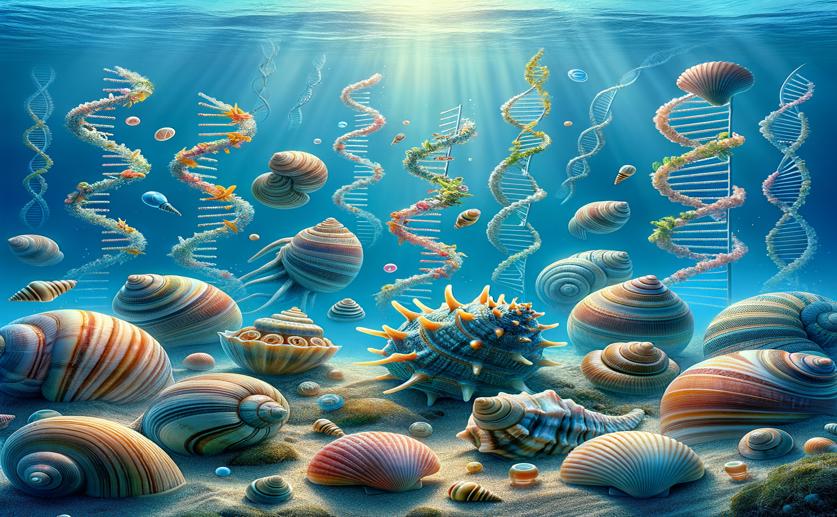
Creating and Comparing DNA Tools for Identifying Marine Shellfish
Jenn Hoskins
1st June, 2024

Image Source: Natural Science News, 2024
Key Findings
- Researchers from Shanghai Jiao Tong University developed new primers for eDNA analysis to monitor marine mollusk biodiversity
- The primer MollCOI253 showed superior performance in amplifying DNA from a wide range of mollusk species
- This study enhances the ability to monitor and conserve marine biodiversity using non-invasive eDNA technology
EnvironmentGeneticsMarine Biology
References
Main Study
1) Development of environmental DNA metabarcoding primers for marine mollusks and comparison with published primers
Published 31st May, 2024
https://doi.org/10.1186/s12862-024-02265-8
Related Studies
2) Detection of a diverse marine fish fauna using environmental DNA from seawater samples.
3) Environmental DNA (eDNA) Shedding and Decay Rates to Model Freshwater Mussel eDNA Transport in a River.
4) ecoPrimers: inference of new DNA barcode markers from whole genome sequence analysis.



 11th March, 2024 | Jenn Hoskins
11th March, 2024 | Jenn Hoskins